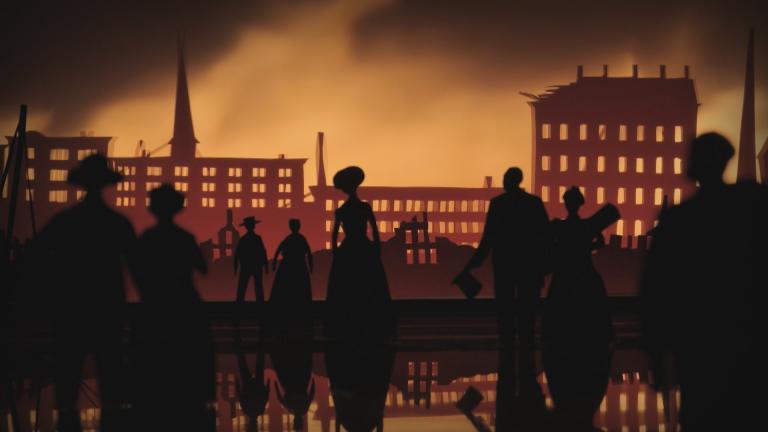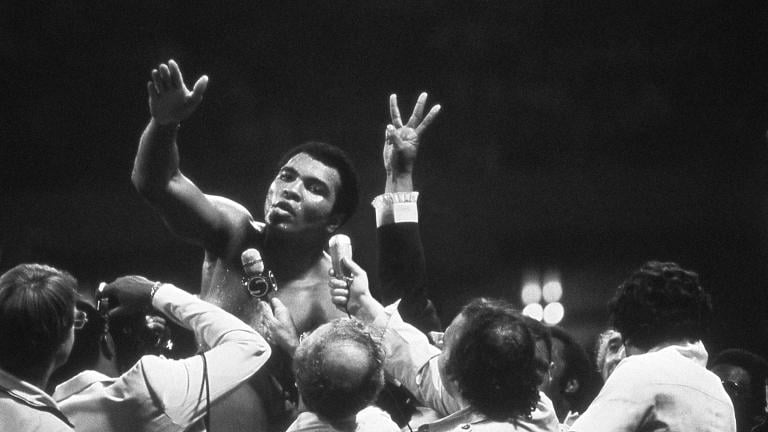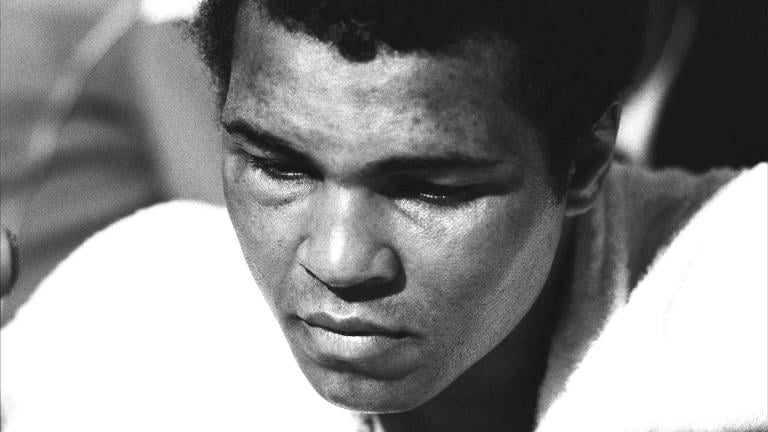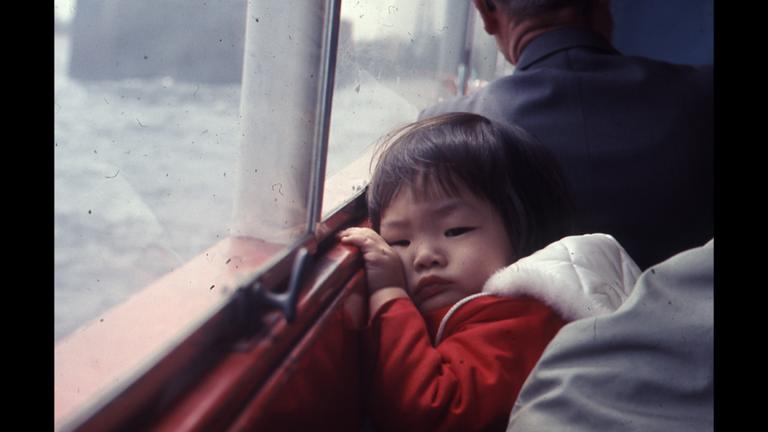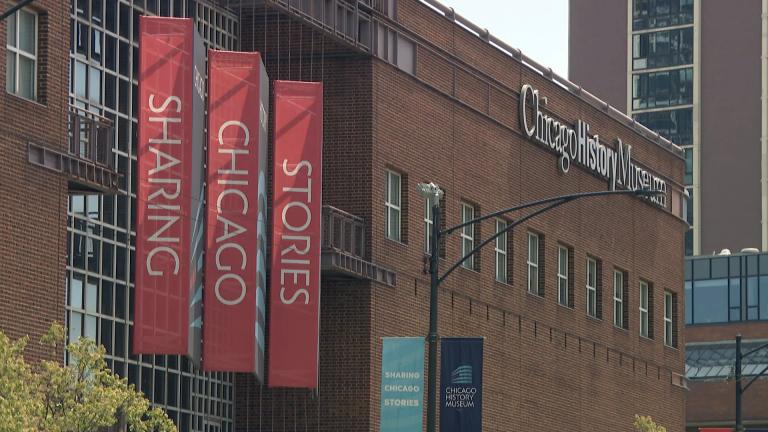Chicago has had a long and difficult history when it comes to race, and while most Chicagoans are likely to say they are not racist, a new exhibit at the Chicago History Museum challenges visitors to think about how much we focus—perhaps unknowingly—on race every day.
The exhibit “Race: Are We So Different?” also highlights how the racial divide impacts everything from health care to housing to our basic understanding of one another.
 An interactive game about the traits people share yields surprising results that challenge visitors to reconsider the ways in which they categorize people. (Courtesy of the American Anthropological Association and Science Museum of Minnesota)
An interactive game about the traits people share yields surprising results that challenge visitors to reconsider the ways in which they categorize people. (Courtesy of the American Anthropological Association and Science Museum of Minnesota)
Inside the exhibit
A gallery of photos appears to show a very diverse group of people. You might make some snap observations about the faces—perhaps unconsciously noticing a person’s skin color or maybe the shape of their eyes, for example. But would it surprise you to learn that all of the individuals identify in large part as Asian?
“There is no different race of people, there’s one race of people. We happen to have different phenotypes, if you will,” said museum curator Joy Bivins.
That’s the overarching theme of the traveling exhibition first presented at the Science Museum of Minnesota a decade ago. But the show’s Chicago curator says the questions it raises have only become more urgent since it was first presented.
“Race has affected where people live—we know this story very well here in Chicago—race has affected where people go to school, and therefore it has real implications,” said Bivins.
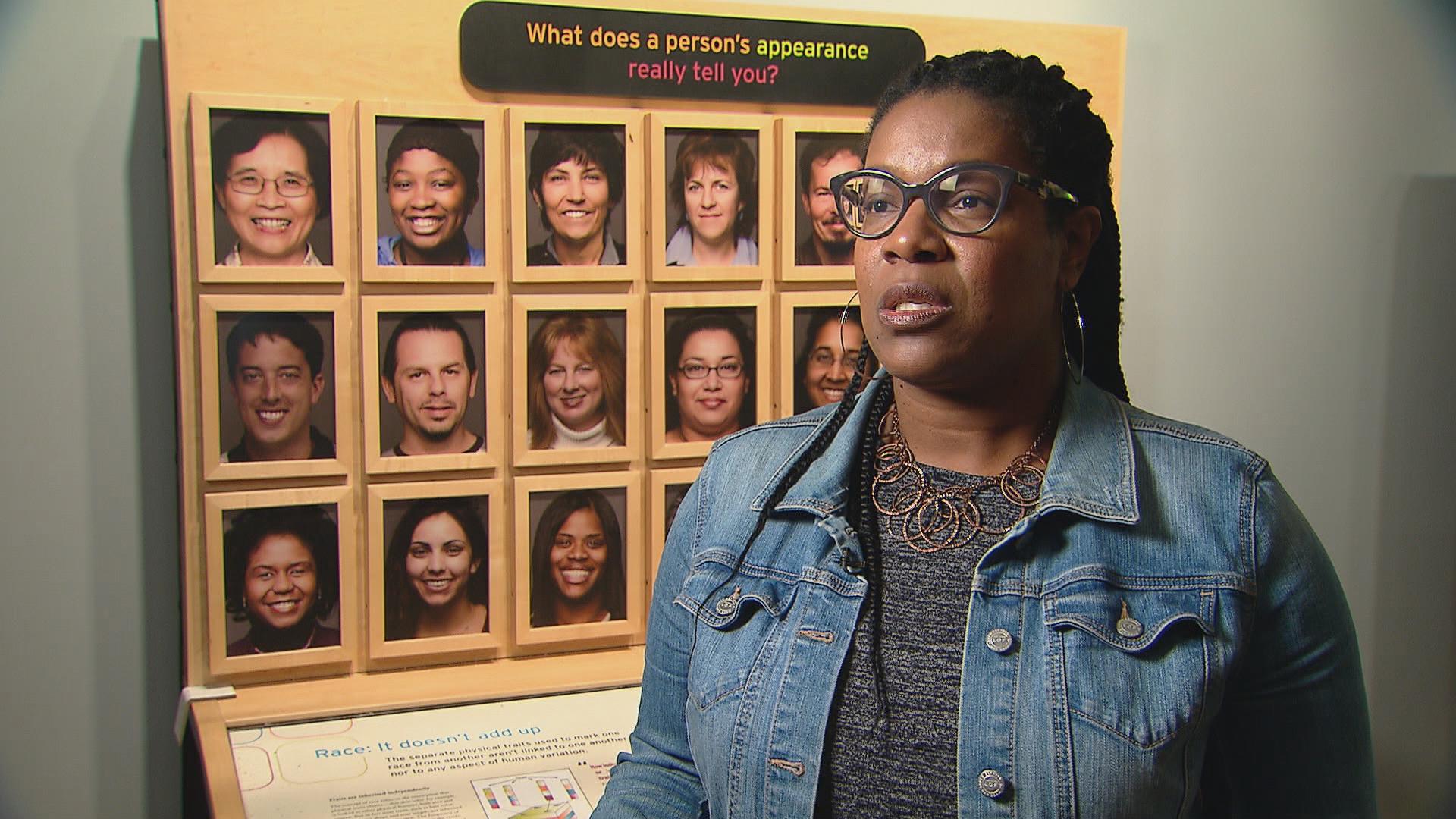 Joy Bivins
Joy Bivins
The exhibit does not focus so much on artifacts about race, although it has some of those, including actual slave shackles. Instead, it’s more immersive, questioning visitors about their perceptions. For example, one kiosk focuses on how we reach conclusions about a person’s race or heritage based solely on their speaking voice. Pressing a button reveals who’s talking, which, quite possibly, will not be who you most likely thought it was.
Another kiosk looks very much like any drugstore these days. It focuses on the disparity of health care among different populations. Visitors are invited to check their blood pressure. The outcome might depend on where you live, your level of education, and your income.
“There’s been a great deal of research that shows that some of the conditions in which different groups are experiencing race, issues of racism, have really led to some health challenges. One of those is in hypertension,” said Bivins.
This history of race has also been impacted by pseudoscience that aimed to show the superiority or inferiority of some groups. A caliper used to measure the size of heads is one example of a bygone era’s way of trying to classify human intelligence. And no exploration of the history of race could exclude the subject of eugenics as it was applied during the Nazi era in Germany.
At one of several interactive features at the exhibit that hopes to debunk the idea of race, visitors can see how their skin color compares to that of several dozen other people, and that color only means something if we want it to.
The exhibit also asks visitors to share their stories of race. But ultimately the aim is to show how race remains a key issue in our lives, even among those who may consider themselves post-racial.
 A family listens to voices and tries to match them with pictures of the speakers. (Courtesy of the American Anthropological Association and Science Museum of Minnesota)
A family listens to voices and tries to match them with pictures of the speakers. (Courtesy of the American Anthropological Association and Science Museum of Minnesota)
“One of the things you’ll learn as you go through the exhibition is that race is a moving target, as is ethnicity, and which ethnicity is in which box,” said Bivins. “And therefore, that kind of proves the point that race is a concept, a construct. One that is made up.”
Museum officials acknowledge that not everyone who might benefit from reconsidering their perception of race will see the exhibit, but those who do are likely to walk away thinking more about a topic than they may have thought they needed to.
![]()
The exhibit “Race: Are We So Different?” is on display at the Chicago History Museum through July 15, 2018. The museum will hold a number of presentations and discussions in connection with the exhibit over the next eight months. Find all of the museum’s upcoming events here.
Related stories:
 The Little Rock Nine: Remembering Extraordinary Courage 60 Years Later
The Little Rock Nine: Remembering Extraordinary Courage 60 Years Later
Sept. 25: Sixty years ago, on Sept. 25, 1957, nine courageous African-American teenagers changed history. We revisit our 2015 interview with the Little Rock Nine.
 Study: Leaving Segregated Communities Reduces Blood Pressure
Study: Leaving Segregated Communities Reduces Blood Pressure
May 15: Leaving segregated neighborhoods reduces blood pressure in African-Americans, according to the findings of a 25-year longitudinal study.
 Field Museum Sculptures Express Changing Views on Race
Field Museum Sculptures Express Changing Views on Race
Jan. 13, 2016: Art and science intersect at an historic – and controversial – look at race. A preview of the new exhibition "Looking at Ourselves: Rethinking the Sculptures of Malvina Hoffman."


